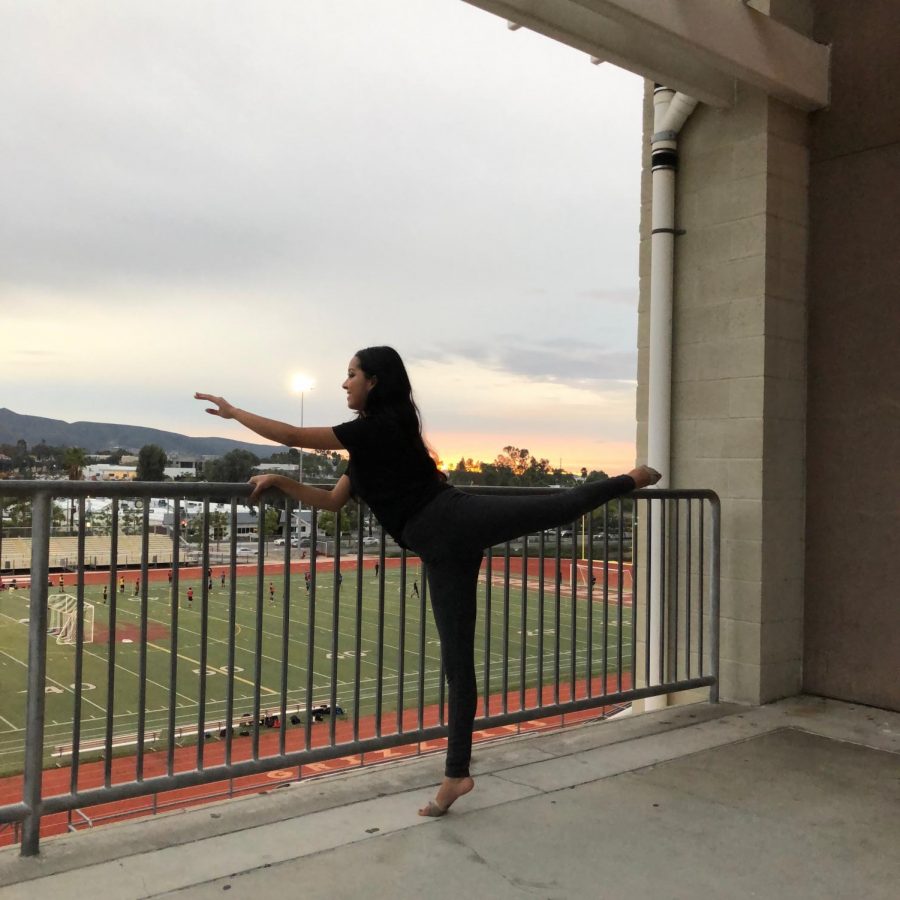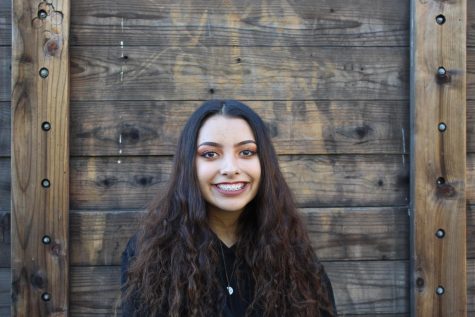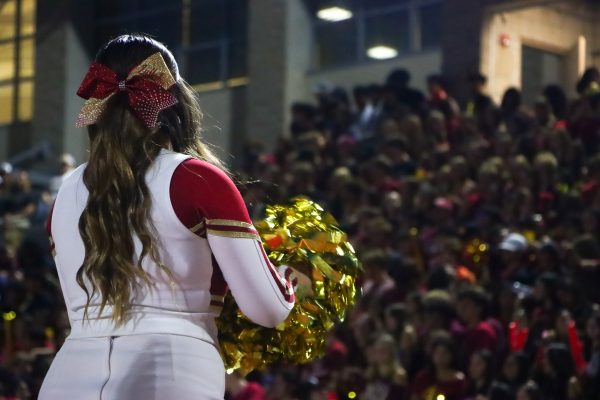Expression without speaking: The art of dance
Dance is one of the many ways that you can express yourself. However, it does not receive the spotlight compared to other forms of art popular on campus.
Photo by Estephanie Mendez
Noemi Aguilar (12) stretching in front of the sunset.
December 3, 2019
One of the most fundamental aspects of being human is our diverse communication and extensive forms of expression. While they vary from region to region, one thing that remains universal is body language. Dancing has served as emotional relief, a way to covertly practice martial arts, a form of exercise, and a way to build the skills of balance and strength. But one of the innumerable blessings that derive from dance, is the ability to enable individuals who are more reserved the opportunity to emit what they’re feeling in a way that is more accessible for themselves and others.
“Dance has always been there ever since I was young, I was such a shy kid. Dance has really allowed me to express myself through movement, and not having to say a word,” 16-year-old dancer, Kaycee Rice said, in her “MY FIRST TIME AT VIDCON 2019” YouTube video.
Now she is a reputable teen dancer, touching millions of hearts through her online content. It’s not the fame that makes her success so incredible, but it’s the way in which dance conveys different emotions, making each viewer feel like the performance is personal to them and like they can resonate with the feelings exerted. It’s the way in which even through a screen there is a sense of belonging and pertainment to a tight-knit community; All of that is accomplished through nonverbal expression.
“Dance has helped me to express myself more freely, even to express my deepest and most vulnerable thoughts and feelings without having to say anything,” Noemi Aguilar (12) said.
Many emotions are difficult to verbalize because doing so can be intimidating. Dancing can carry all forms of emotion, whether it’d be extreme content, confusion, or profound grief. Dance may also be the catalyst for vulnerability. When an individual is verbally communicating with someone, they’re laying down their thoughts bare onto the other person directly. But dance is often dedicated to an idea, a social concept, an experience, or an emotion. Empowerment is derived from someone being able to dig up their greatest demons without needing to explain themselves, but by simply showing it.
“I realized that I’m shy and nervous about speaking in public, but I surprisingly didn’t get nervous dancing up there, I just did it.” Rebecca Mendez (11) said.
Dance is not the only form of nonverbal communication, but it is definitely one deserving of appreciation, as it is an incredible outlet for expression and individuality. Unexpected bravery and outgoingness is a common trend among dancers who are generally shy people in their day-to-day lives. When one is dancing with a group of people, that person builds a special connection and bond with their group so when they are dancing together in front of an audience, it doesn’t feel so foreign.






